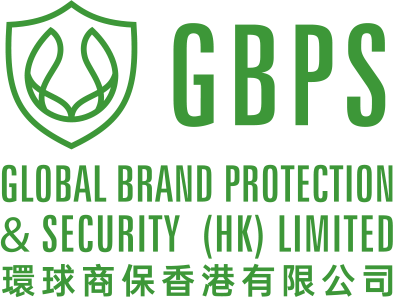LASER ENGRAVING
Applying an image or a photo, letters or figures on a paper or polymer substrate using the energy of a laser beam. A laser beam heats the surface of a substrate (e.g. polycarbonate) releasing carbon into the upper transparent layers. The released carbon is visualized in the form of black dots of different tones which form an image.
When the laser beam affects paper surface, its discoloration occurs, and the ink layer is removed.
Types of images created by laser engraving:
vector — when the laser outlines contours of letters or figures, or images with thin lines;
raster — when the laser forms a great number of dots applied with different density.
By relief:
flat (2D) — applied on materials with nontransparent surface;
raised (3D) — felt to touch.

a b c
a — Paper substrate;
b — Laser engraving. Fragment of the blank number. Discoloration and slight charring of paper. Relief is felt to touch;
c — Vector image formed as a result of laser engraving on a paper substrate

a b c
a — Polymer substrate; b — the same. Zoomed fragment. Holder's portrait. Flat laser engraving. Raster image;
c — Fragment of the date. Raised laser engraving. Felt to touch, has raised relief. The surface is foamed and melted by a laser beam
